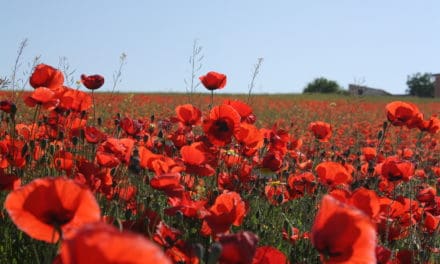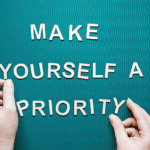If you’ve ever told a story to your child, you may have wondered if you could go ahead and put it down on paper to save for him or her and for future generations. Perhaps you would like to write the story and sell it to a publisher.
Writing children’s stories can be fun and profitable. For each genre of writing, there are specific rules.
Getting Started Step 1
Brainstorm for ideas you could turn into a children’s short story. Typically the best ideas come from things kids deal with every day. For example, younger kids might enjoy a story about family pets, dressing up, or garden bugs. Older children will enjoy things such as losing a tooth, a trip to the dentist or a story about a favourite holiday.
Getting Started Step 2
Create a cluster of ideas to help coordinate your main idea and supplementary points. Do a mind-map. Start with a large circle that has your main ideas, such as the word holiday. Use lines to connect smaller circles to that bigger circle and then begin to brainstorm ideas that go with the main idea. You should write down the first thing that comes to mind. You will not use all the ideas you’ve assembled. So, you might have circles off holiday that reads ‘beach’, ‘mountains’ or ‘museum’. Next, you will create smaller clusters off each of the secondary clusters. For example, with museum, you might have circles that read ‘dinosaurs’, ‘mummies’ or ‘lost in the museum’.
Getting Started Step 3
Look for the one idea that interests you most. You may end up with several story ideas from a single cluster building exercise. Don’t cover too much material in one story. For example, if you plan to write about being lost in the museum, don’t focus too long on the dinosaur exhibit.
Characters and Conflict Step 1
When you create characters who are likable and believable your reader will love your stories. One of the best ways to create interesting characters is to base them on real people you know.
Tip: don’t make the description too recognisable or you may make a friend or family member angry. Mix and match the physical looks of one person with the personality of another person.
Characters and Conflict Step 2
Add conflict to your story to keep it interesting. Conflict is the problem or challenge your character faces and has to solve by the end of the story. Using the example above, the boy who is lost in a museum must figure out how to find his mother (or the friend he came with). The problem gets more complicated when it gets dark. This can build extra tension.
Characters and Conflict Step 3
Use specific steps to reach the end of the story. There are particular steps a character must take to reach the end of a short story. These will include attempts to solve the problem (conflict), setbacks and triumphs. The character will meet helpers along the way who will help him find his way out of the museum. However, this task should not be too easy for the character.
FINAL Step
Format your manuscript correctly, if you are planning to send it to an editor. Check carefully for grammar errors, typos and literals. Add a cover letter that briefly explains what the story is about.
Pause. Now start writing your next story.
Abridged from article by Lori Soard. Reproduced for educational purposes.
Do you want spark a child's imagination?
Develop a full time career or part time hobby as a children’s writer. Writing stories for children can be a enjoyable income earner, with a lifetime of royalties.










